The All-new Donkervoort F22, A Road-Legal Performance Weapon From The Netherlands
Weighing just 750 kilos, and packing 500 horsepower, the F22 is a real road missile!
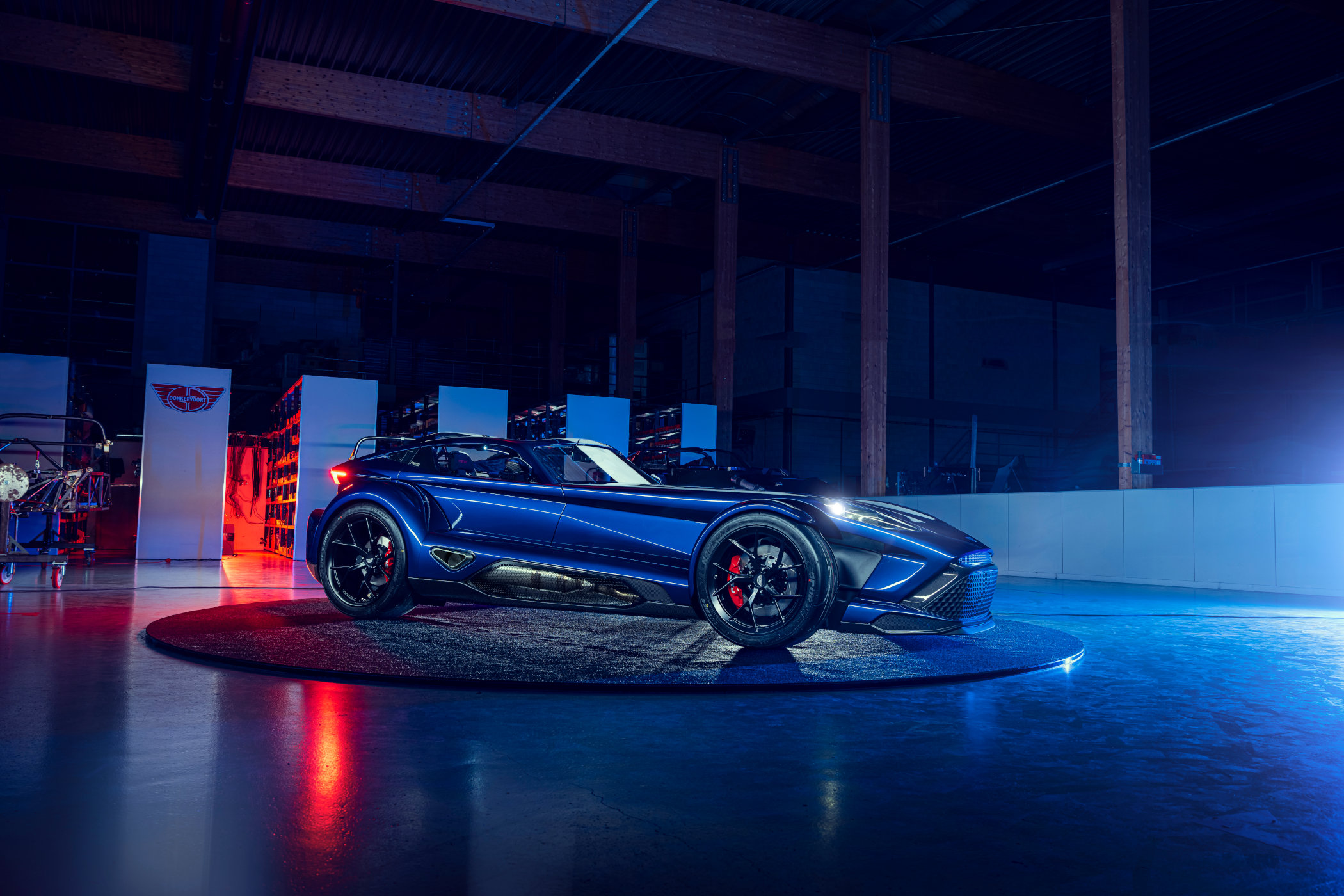
There’s not often genuine, exciting car news coming from the small country of the Netherlands. That’s basically down to the fact we do not have a car manufacturing culture like some countries around us. We’re not like the Germans, Brits or French who can look back at over a century of building cars. We’re not home to automotive giants like General Motors, Stellantis, Volkswagen AG or Toyota. But that doesn’t mean there’s absolutely nothing being done. In Lelystad, the Netherlands, a boutique car company called Donkervoort is building what should be considered the only Dutch sports car at this moment. Sure, other initiatives have come and gone, but Donkervoort has been around for almost 45 years, building cars based on a very simple ideology; delivering an uncompromised driving experience. And with the all-new Donkervoort F22, the company wholeheartedly delivers on that promise!
The story of Donkervoort isn’t the only thing we Dutch can be proud of in terms of automotive history. Over a century ago, it was a Dutch company called Spyker introduced the Spyker 60 HP, the ‘Car with Three Firsts’. It was the first-ever petrol-powered car with a six-cylinder engine in the front, drive to all four wheels and brakes all around. Quite an achievement in 1903! But let’s not digress too much for now.
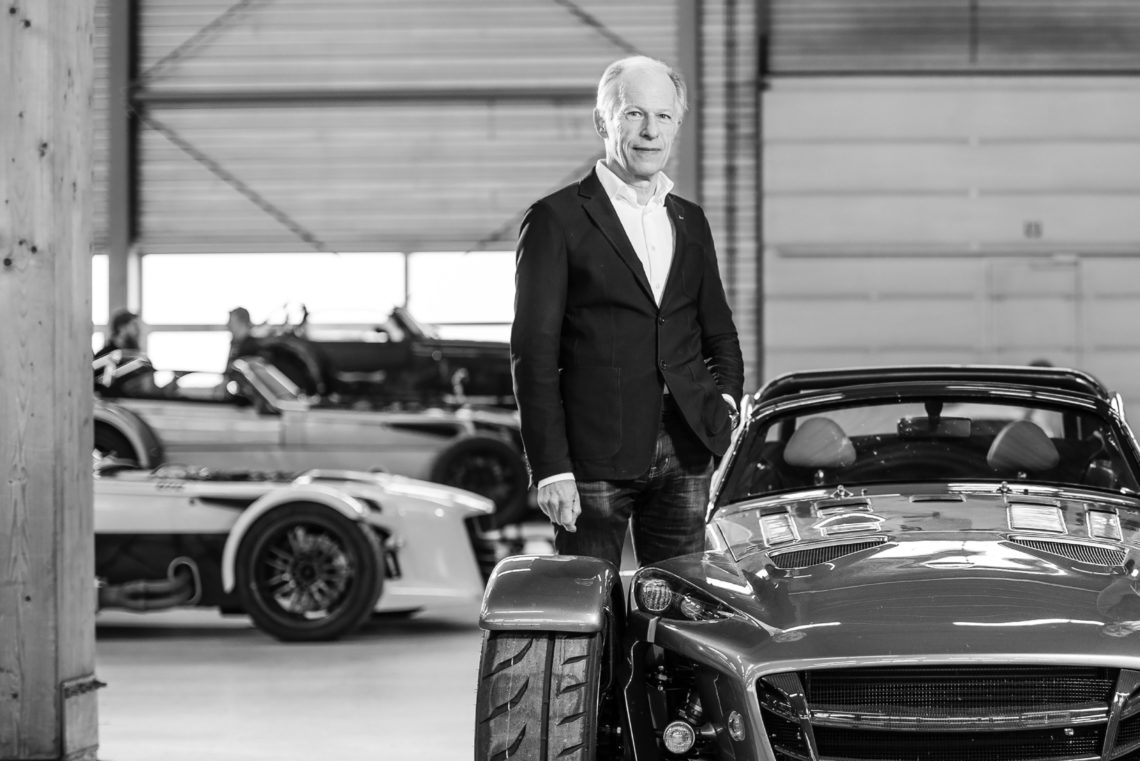
In 1978, Dutchman Joop Donkervoort had the idea to acquire a license to import kit cars from the UK to the Netherlands. Not deemed road-legal at the time, the cars needed to undergo chassis modifications, and as such Donkervoort ventured into building cars pretty much from the get-go. In almost four and a half decades, Joop Donkervoort and subsequently his successors, have always been in pursuit of the best possible driving experience. The first car built under the Donkervoort name was the S7, which relied on the brilliant concept of Colin Chapman’s famous Lotus Seven. And through all cars, from the S7 to the D8 and now the F22, that lineage is still very eminent in Donkervoort’s cars.
A true road missile
The F22 is the first all-new car by the madmen of Donkervoort in three years, following the D8 GTO-JD70 for Joop Donkervoort’s 70th birthday launched in 2020. And don’t be fooled to think it takes after the Lockheed-Martin F22 Raptor fighter jet given its name, but instead, the F22 moniker comes from a longstanding tradition in the Donkervoort family. The S8 was named after Joop’s daughter, Amber, and the D10 comes from his son, Dennis. Denis is now the Managing Director for Donkervoort, and the F22 name comes from his daughter Filippa, who was born on May 22, 2022.
But you’d be absolutely right if the performance put to the table by the F22 gives off hints of a fighter jet, especially if you take a closer look at the specifications that come with the car. Donkervoort states it very simply; there might be faster cars in a straight line, cars that are lighter, or more powerful, or with equally high-tech materials and engineering, but none pack it all into a single car! Maybe a stretch, but knowing Donkervoort, the proof is really in the pudding here.
The Donkervoort F22 is entirely developed in-house and built from the ground up as a completely new car. Not a single nut or bolt is interchangeable with previous cars. The design is more advanced and aggressive than ever but still has that unmistakable profile of its predecessors. The car looks menacing, poised to hunt down prey and ready to set blistering lap times on a track. The car truly breaks new ground for the company.
The hybrid thin-wall steel tube and Ex-Core carbon fibre chassis is lighter and more rigid than ever, and the entire car weighs just 750 kilos. To put it in perspective, the original Lotus Seven weighed around 500 kilos. Considering the strict laws in terms of road safety and emissions nowadays, and the fact the F22 comes with a 500 horsepower 2.5-litre turbocharged five-cylinder powerplant from Audi, the 750 kg kerb weight is just astonishing. This, combined with an advanced active suspension system, results in a car that can pull 2.15 lateral G’s through corners! Zero to 100kph is hit in 2.5 seconds, the 200kph mark in 7.5 seconds, and the top speed is 290kph.
performance-matching looks
The chassis is draped in a sharply cut carbon fibre exterior that still shows signs of the original S7 (and Lotus Seven for that matter). From any angle, you will immediately recognise this is a Donkervoort. It’s aggressive, purposeful, and focused. And it might not come across from the pictures, but this car sits extremely low, as evidenced by the fact the nose section is not much higher than the front tires. You get the feeling that your backside is just two inches from the ground, which in reality, it is. Park it next to any other car and you’ll be amazed at how small it will look!
From the front to the back, the entire body has been drastically redesigned, with a new nose section, a new roof/door construction, new diffuser at the back, all done in lightweight carbon fibre. It comes with butterfly doors and removable Twin-Targa roof panels with a reinforcing bar. On the right-hand side, coming out just underneath the door and in front of the rear wheel is a semi-exposed side exhaust with a triangular exhaust tip. The car sits on 18-inch wheels in the front, and 19-inch ones in the back, wrapped in sticky Nankang AR1 tires. Stopping the F22 is done with AP Racing brakes all around.
The interior is spartan and compact, to say the least. I doubt I will be able to squeeze my 2.01m frame into the cabin, but I’m open to giving it a try! Two thin carbon fibre bucket seats with Alcantara padding and racing harnesses hold you in your place. You’re sitting shoulder-by-shoulder, really, so make sure you are friendly with whoever is next to you. The small steering wheel comes with a set of buttons for the indicators, lights, horn, windshield wipers and such. Nestled in between the two seats is a centre console with the start/stop buttons, knobs for the adjustable damping and traction control, and the gear stick for the five-speed manual. Behind the cockpit, you can store up to 298 litres of luggage, which is unexpected but practical!
not cheap but not sold-out (yet)
All this tech and performance doesn’t come cheap as you can imagine. The base price for the Donkervoort F22 is a hefty EUR 245,000 which can easily be inflated to +300k depending on your selected options and customization. The options list includes stuff like air conditioning, front and rear-facing cameras, heated seats, an alarm system, a lift system and more. But, in return for that quarter of a million euros, you get a visceral driving experience that’s rivalled by none. And if you have the skill, a car that can outperform pretty much everything you put it up against!
The F22’s initial production run of 50 cars was pre-sold to existing clients close to the brand, with deliveries starting in January of 2023. This pushed Donkervoort to up the production to 75 cars, so there’s still a chance to get your hands on the wheel of this purebred road missile!
For more information, please visit Donkervoort.com

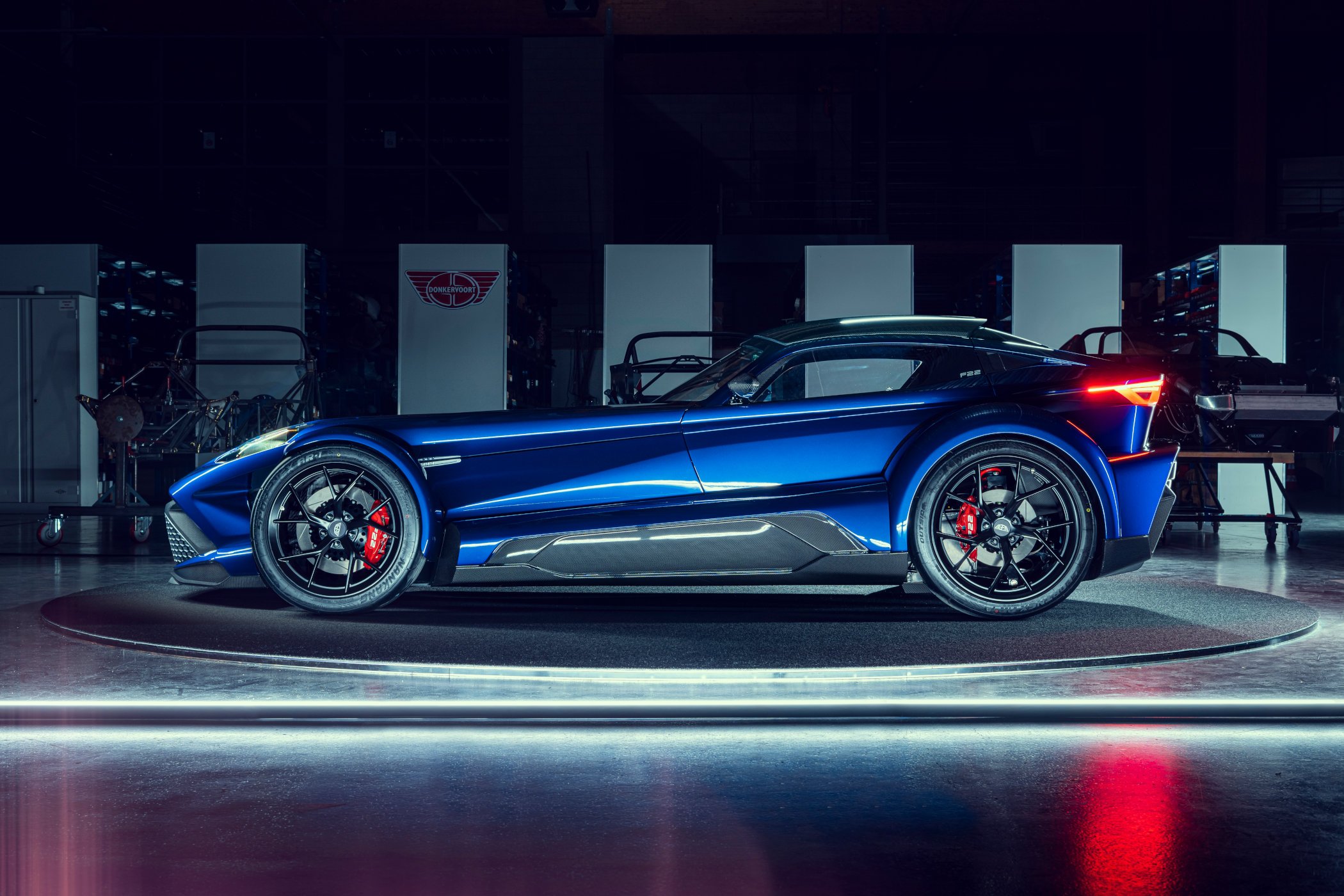
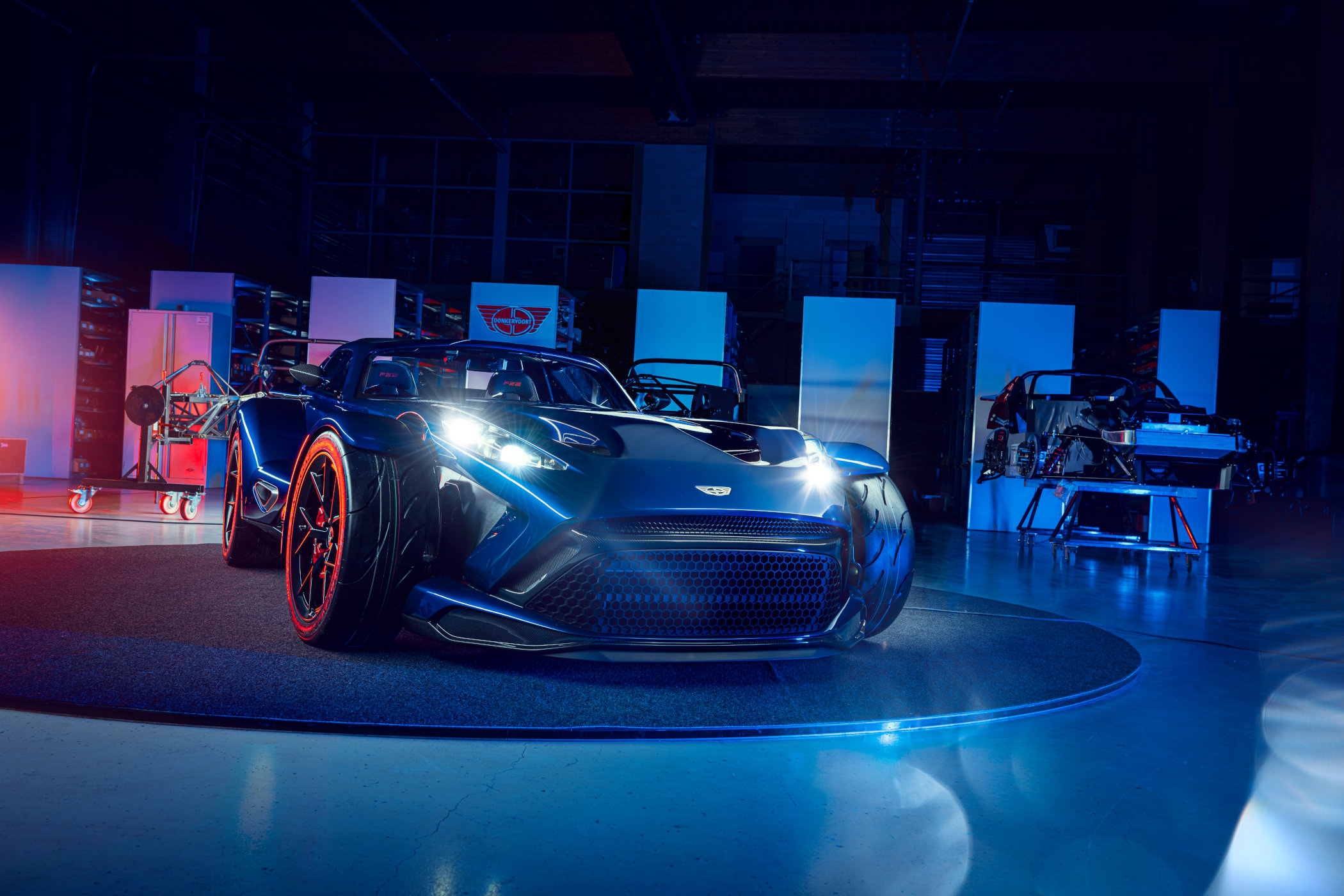
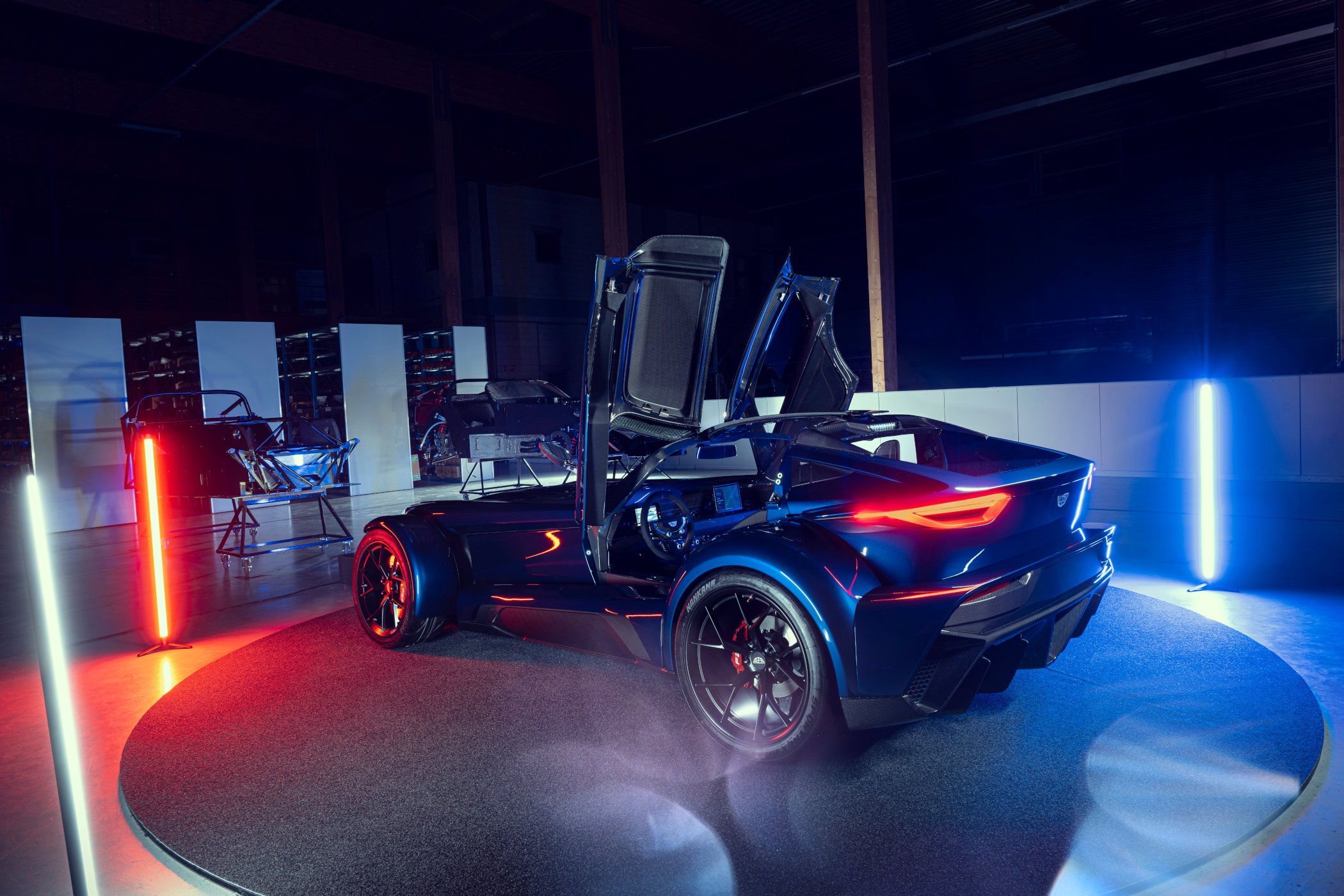


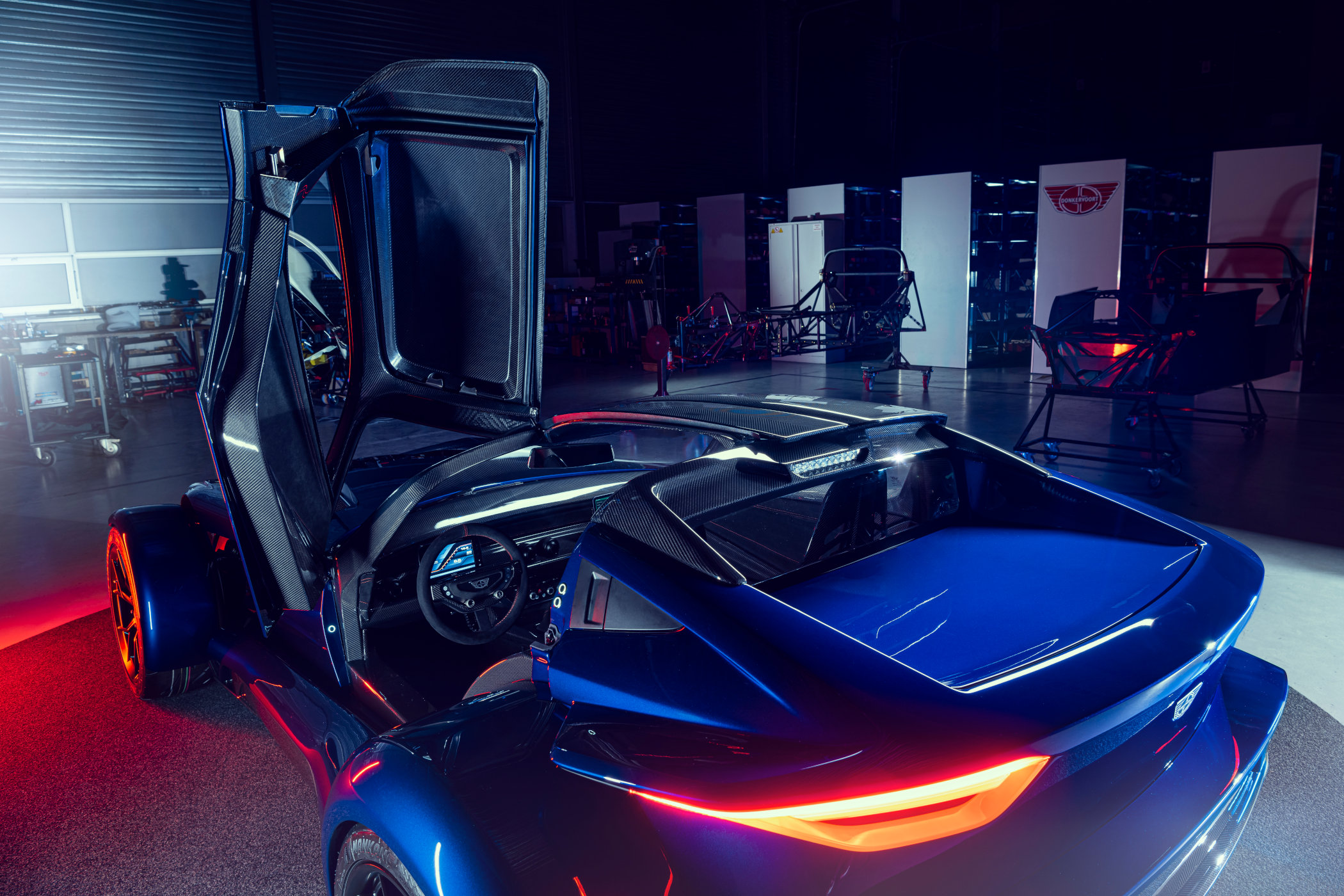
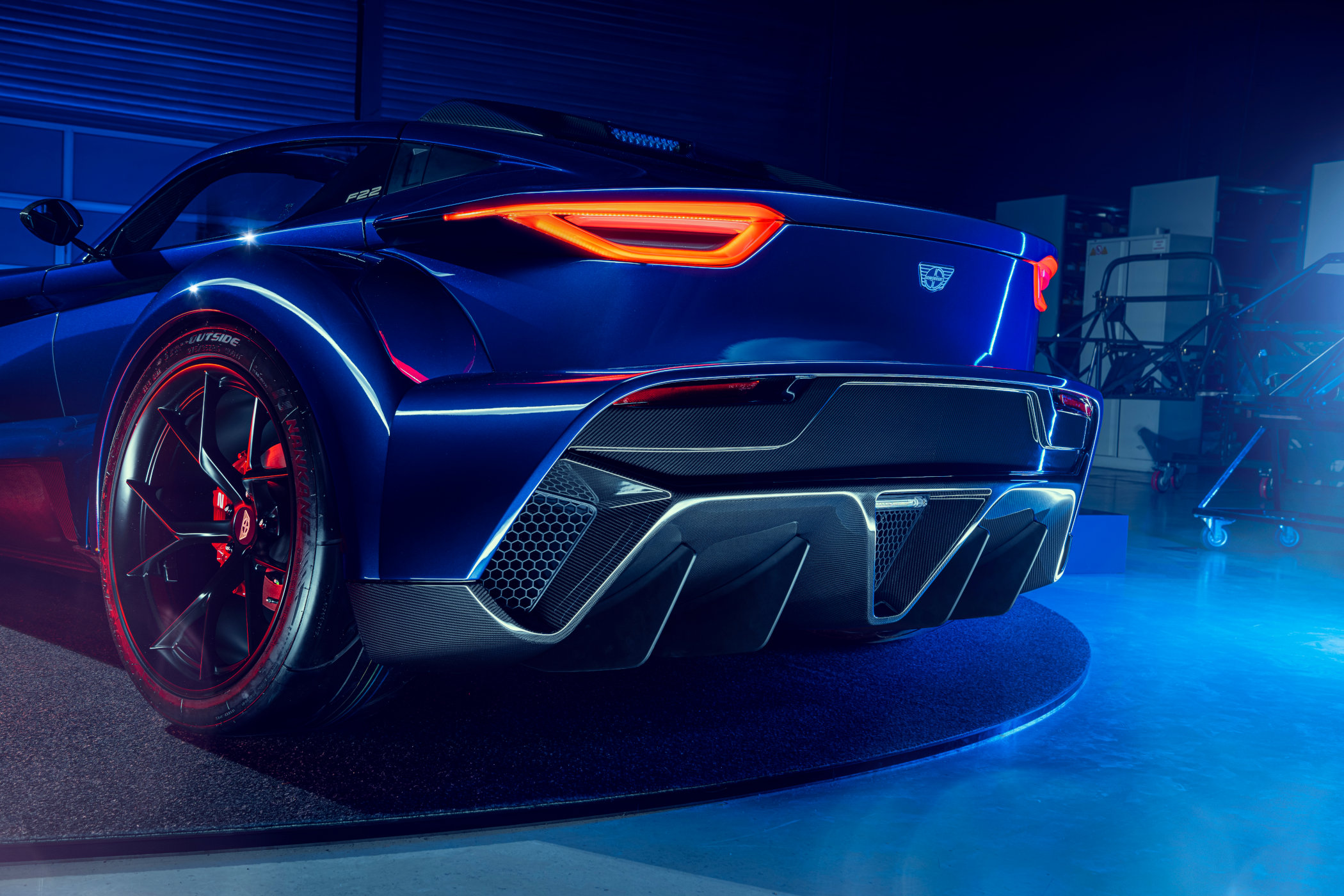
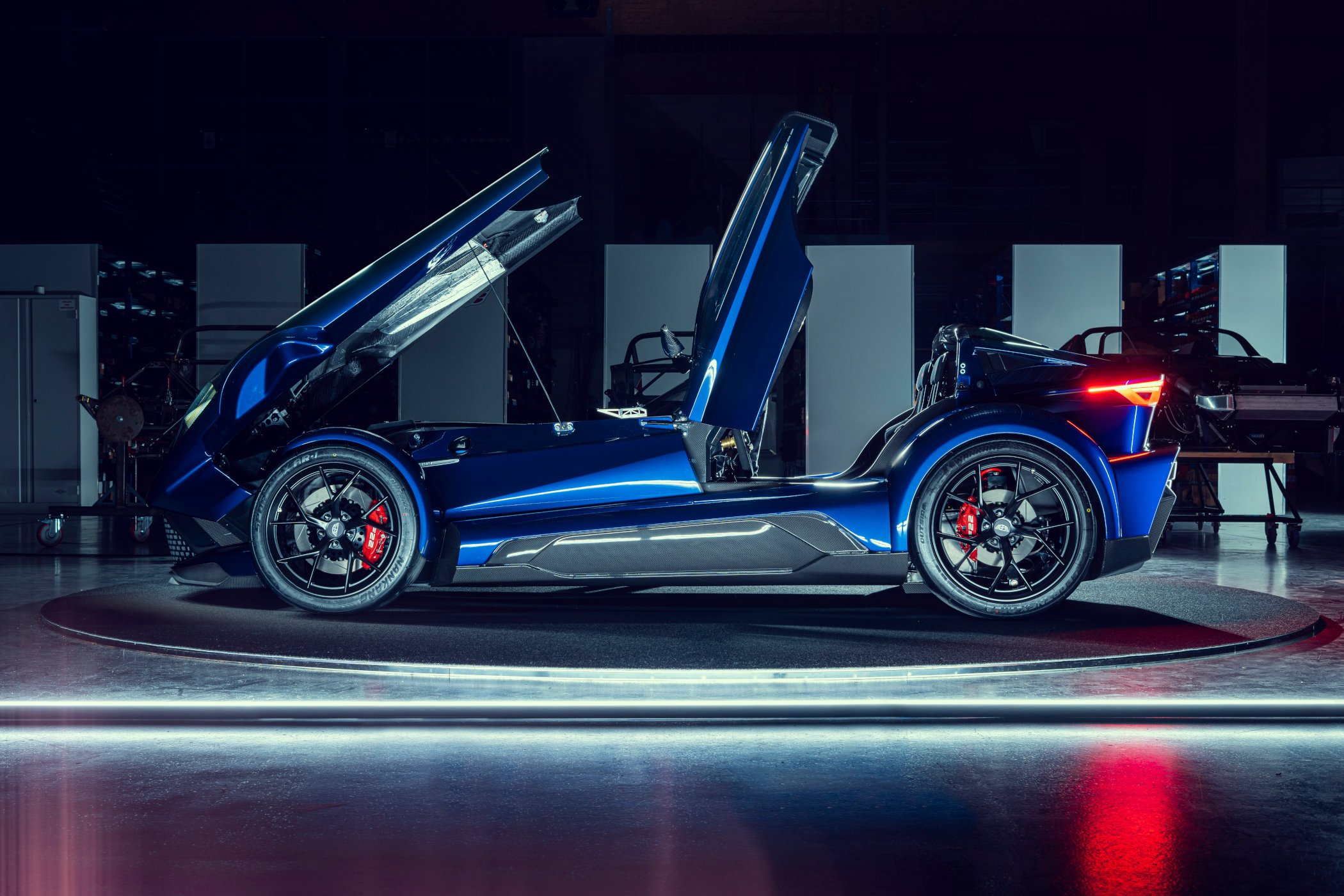
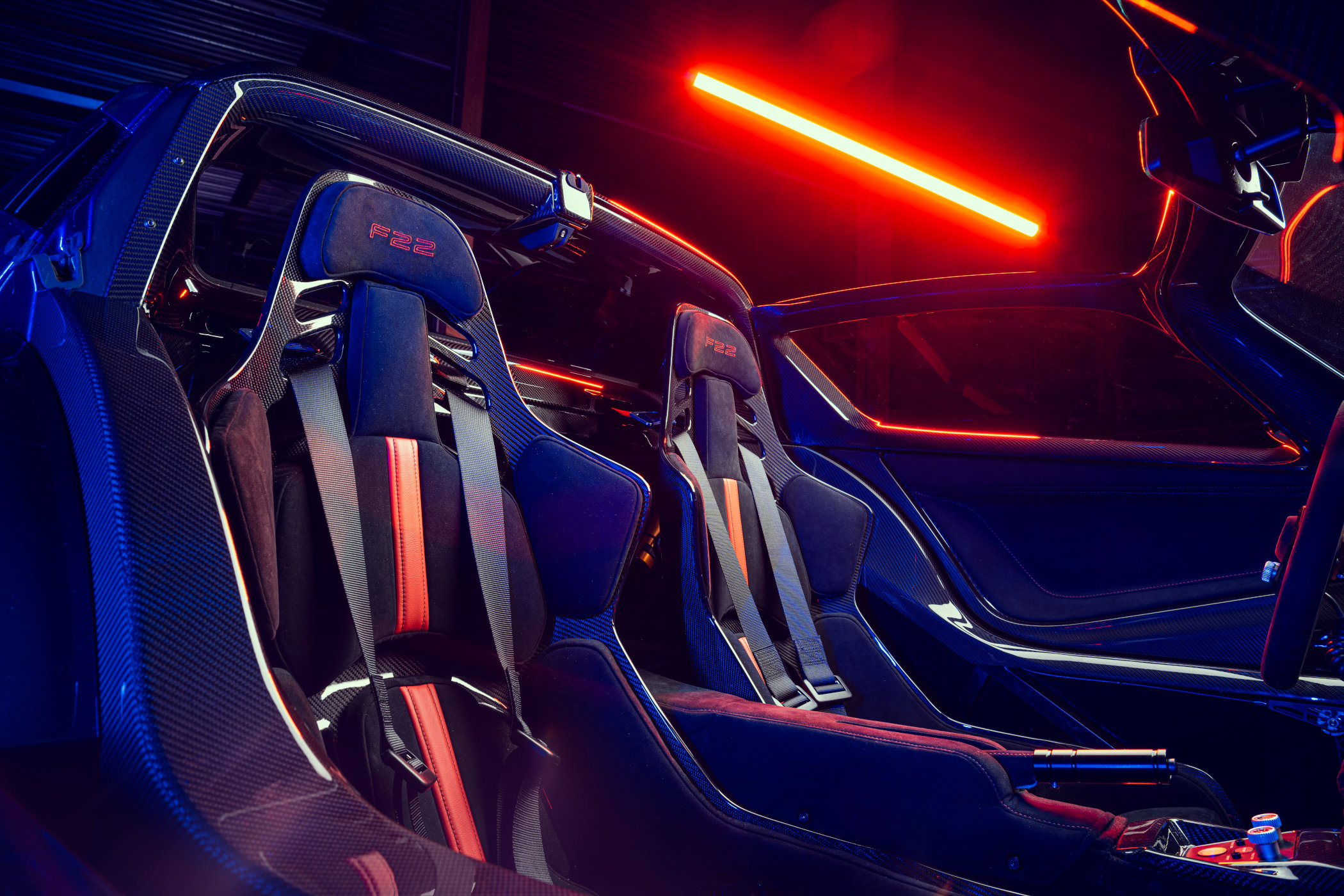

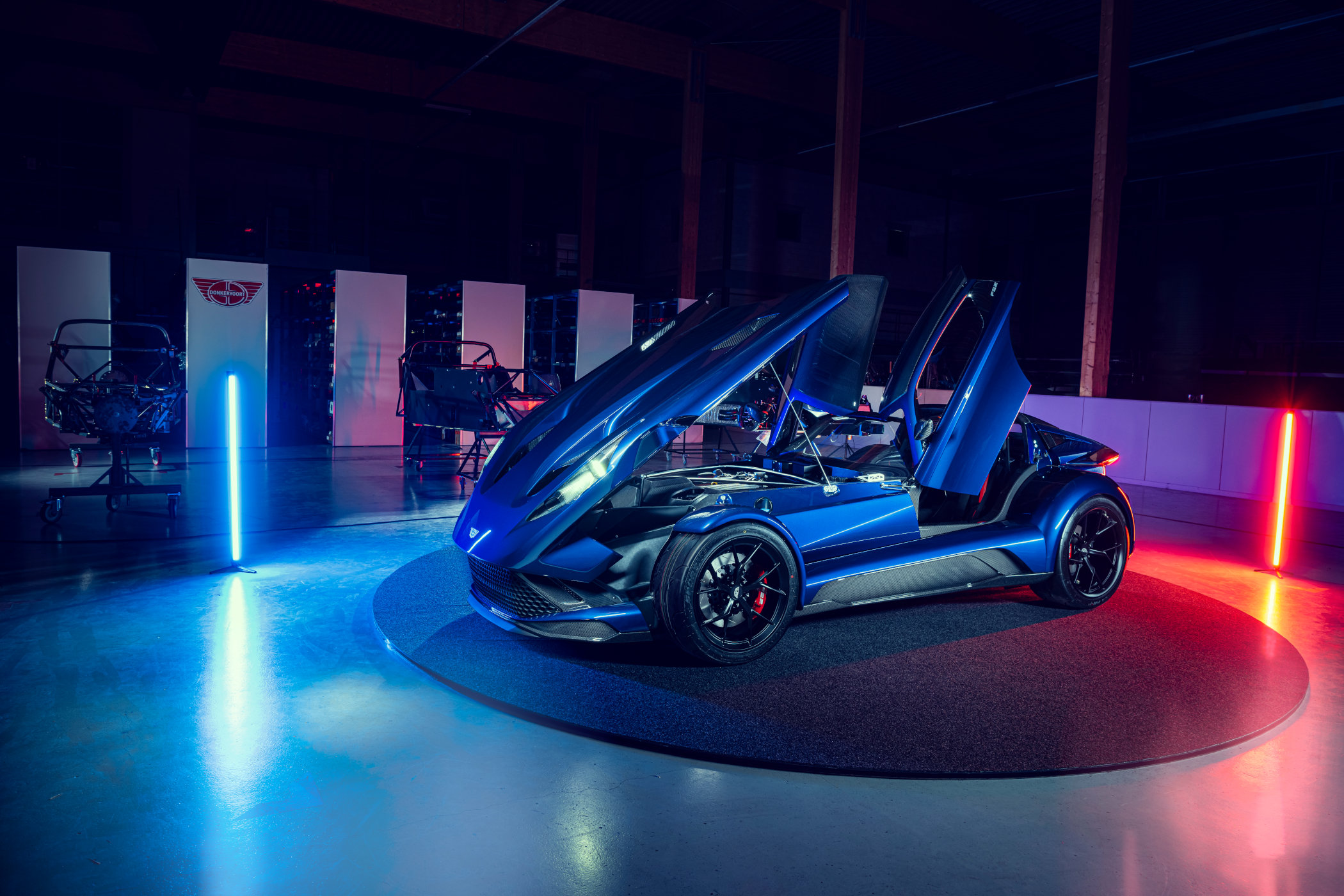
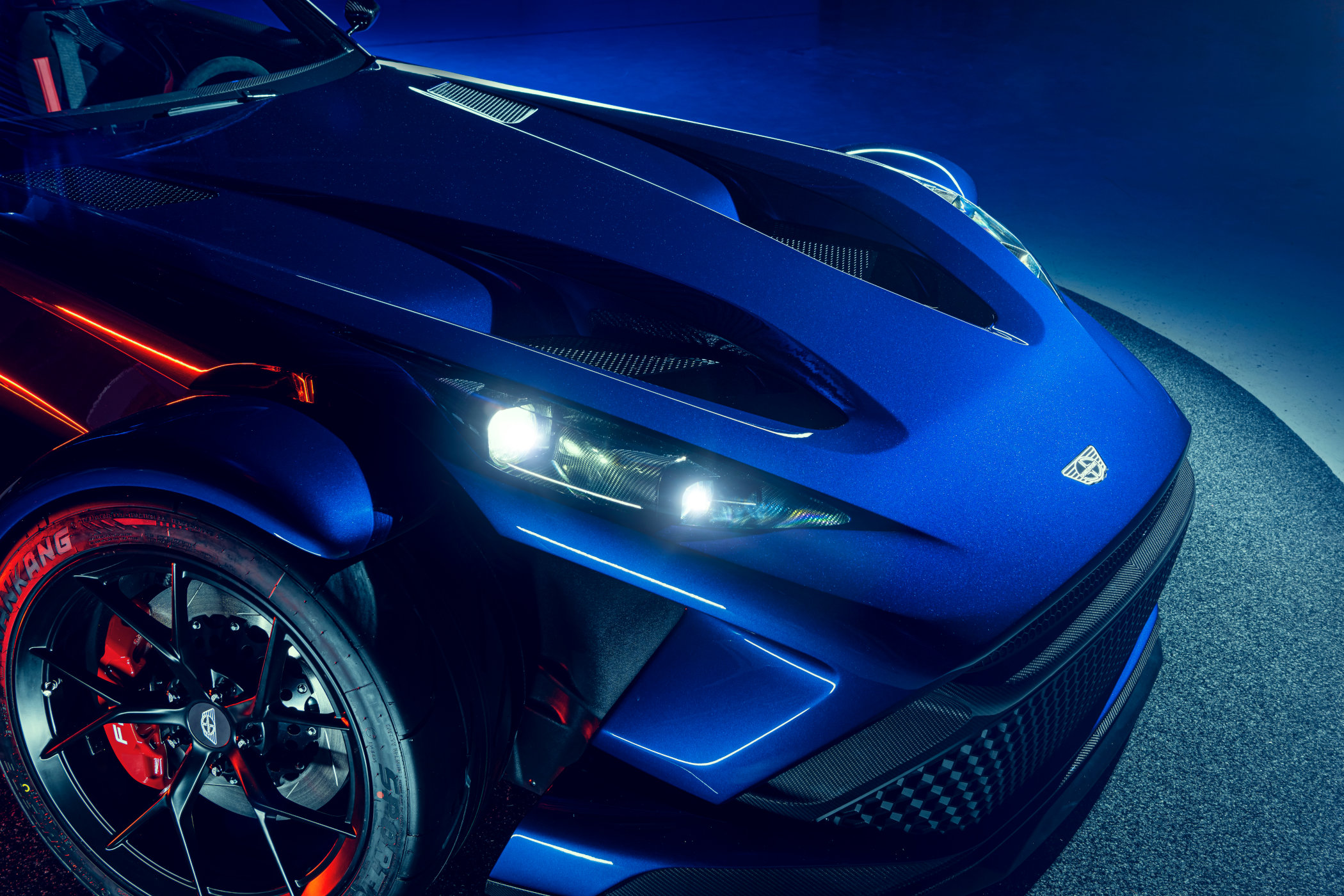



1 response
Oh light weight fuel economy car for racing hey it is expensive but worth it a soccer player millionaire can buy it oh soon I will have my financial freedom then buy one…